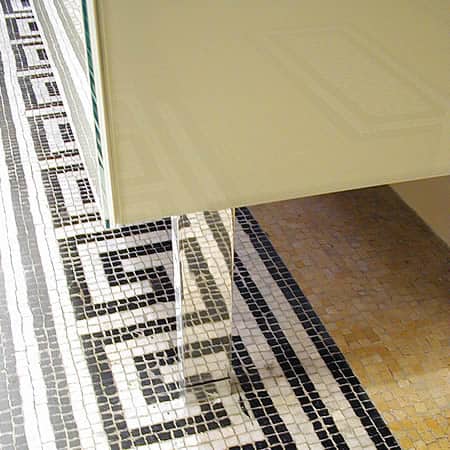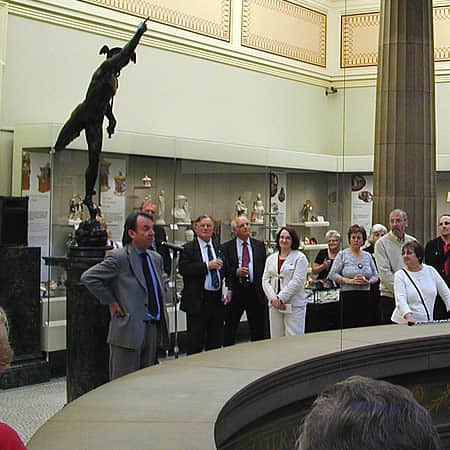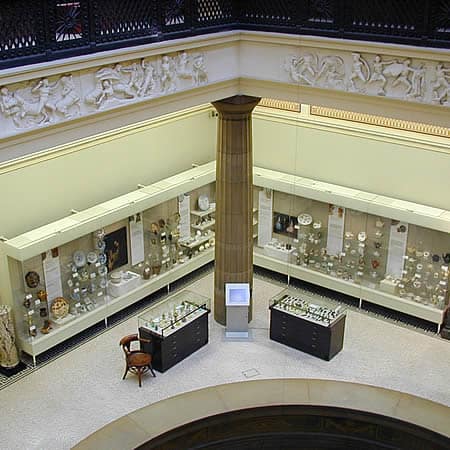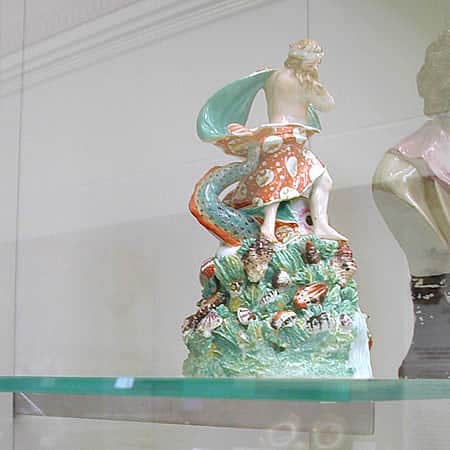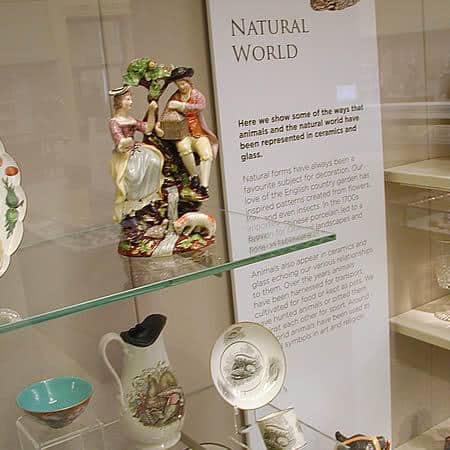THE RING BALCONY
Harris Museum Exhibition Project
Design Competition To Overcome Challenges Of Existing Displays & Victorian Building Conservation Problems.
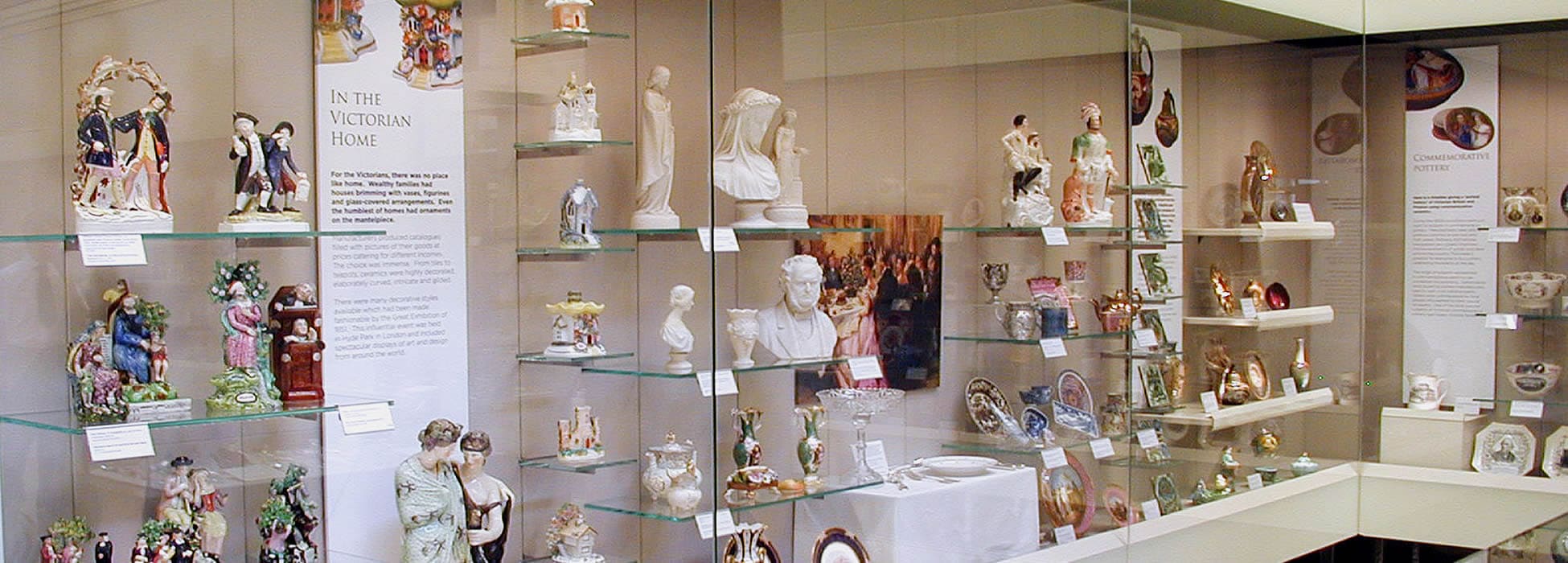
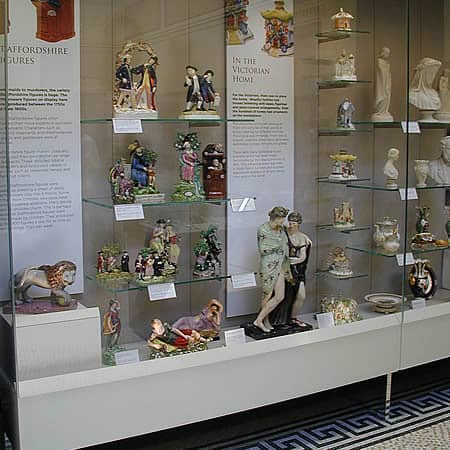
Project Overview
Project Details
The Harris Museum, Art Gallery, and Library held a competition to create a new museum gallery for the Ring Balcony on the second floor.
In Belgium, one of our museum showcase manufacturers approached us for their competition submission. They required the services of a museum exhibition design company.
After reviewing the design brief, we realised that the current architectural building design had major limitations for museum displays. The Victorian cast-iron radiators surrounding the gallery’s perimeter had not been serviced in over 20 years. This was due to the unprofessional vitrines constructed immediately before the radiators, which housed the museum’s ceramics and glass collection.
Several sizeable oil paintings were suspended straight above the radiators on cables from the gallery’s picture rail. Consequently, the heat from the radiators was ineffective. This penetrated the backs of the display cases and the oil paintings above them. This heat caused the paintings’ oils to dry out and potentially crack their surfaces.
Harris Museum’s visionary design tackled architectural constraints, transforming exhibition spaces and maximizing display effectiveness
The Ring Balcony Gallery had a beautiful Roman mosaic tiled floor, which was the final issue. The design comprised a geometric pattern that ran around the four gallery walls. Nevertheless, this could no longer be seen because the old showcases covered practically everything. We began the design process by creating a simple scale model at 1.25 scale and placing a one-metre grid across the base to give a sense of size.
We tried various solutions before figuring out the preferred design. The exhibition vitrines would still travel around each gallery wall, leaving the doorway openings clear. As the overall volume capacity of the display cases expanded, the museum could present many more items.
Thermal insulation would be added to the exhibits’ back walls. This technique kept heat from entering the exhibits. Although ceramics and glass are unharmed by this heat level, the museum may wish to reuse the showcases in the future. We also used highly polished aluminium legs to lift the showcases off the floor and set them away from the walls. As a result, air travelled beneath the displays, over the radiators, and up into the gallery, increasing the heating system’s efficiency. The mosaic flooring was again exposed by elevating the showcases on the polished legs, and the legs simply vanished, creating the impression of floating. Our design for museum exhibitions won the competition, and museum officials commented that utilising the model helped them understand what would be delivered.
Once the project was awarded, we worked with the showcase manufacturer and museum staff to finalise the design and fine-tune every detail. During this period, we invented a ground-breaking invisible glass shelving support that could handle massive loads. In addition, when the shelves were removed or repositioned, you could not see where the shelving supports had been located. This was due to a newly developed backboard that self-healed to hide its original positioning. LED lightboxes were used with fibre-optic tails to stop any internal heat build-up within the display showcase. At the end of each run of showcases, we created hinged graphical doorways. This allowed the maintenance team access to service the radiators. Eric Knowles, the ceramics expert from the BBC’s Antique Roadshow, opened the museum display.

